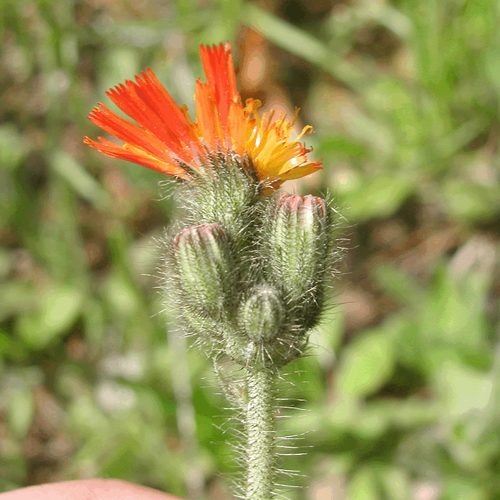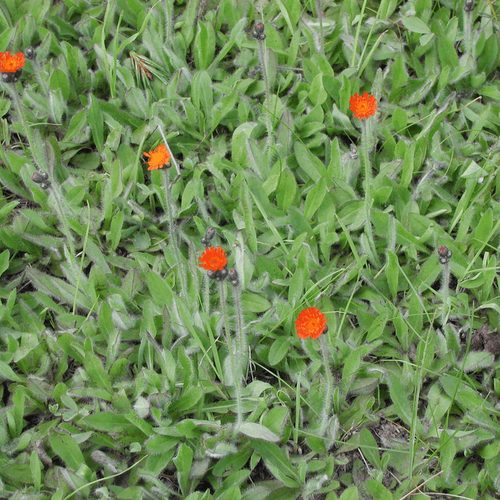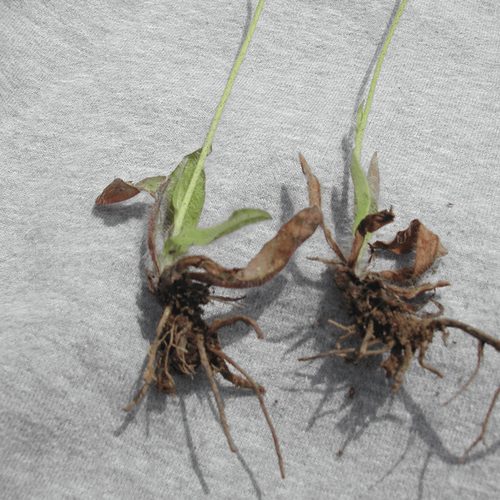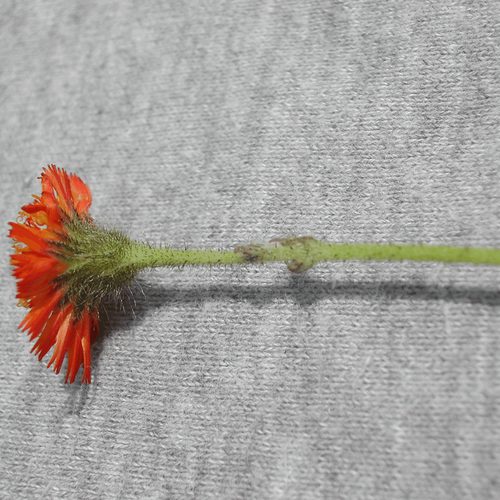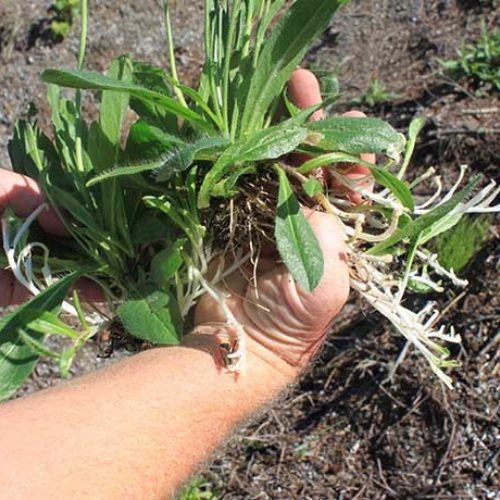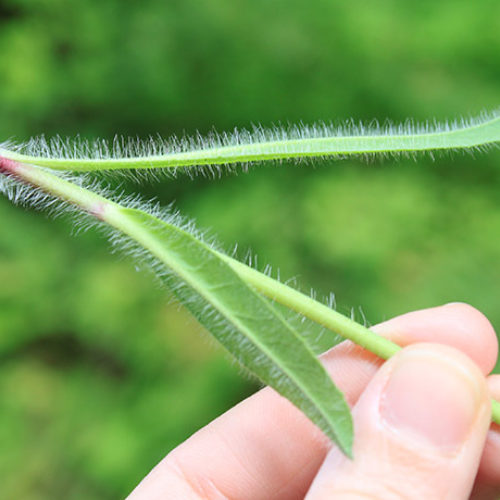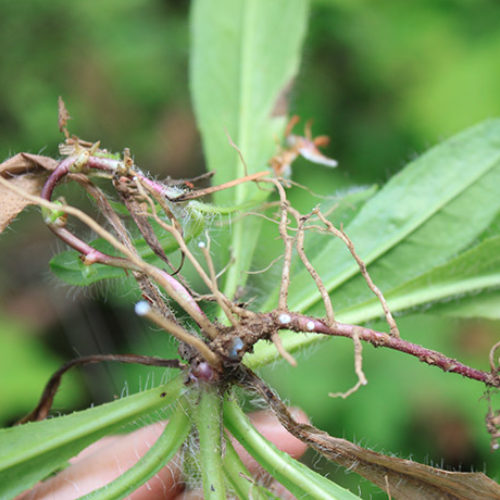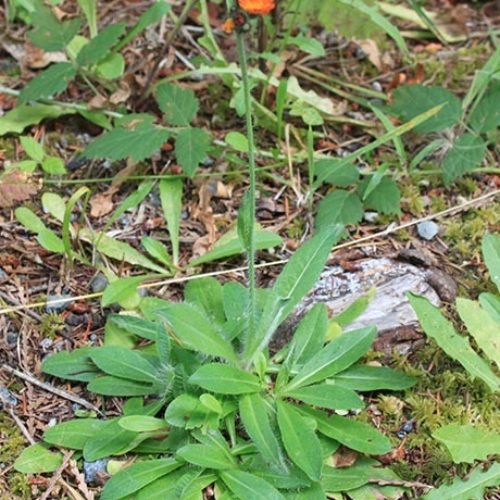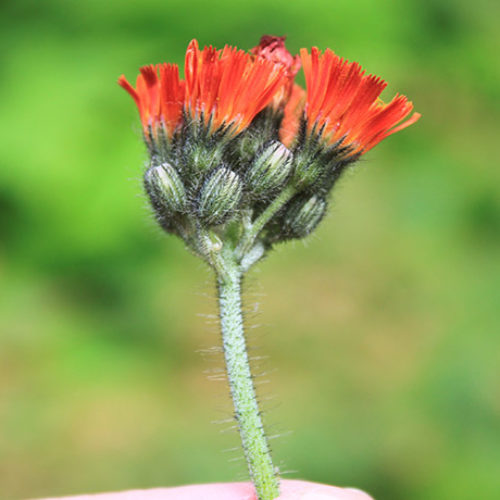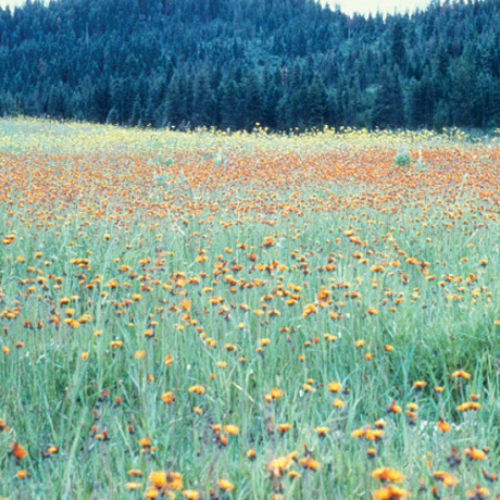Orange Hawkweed
Hieracium aurantiacum
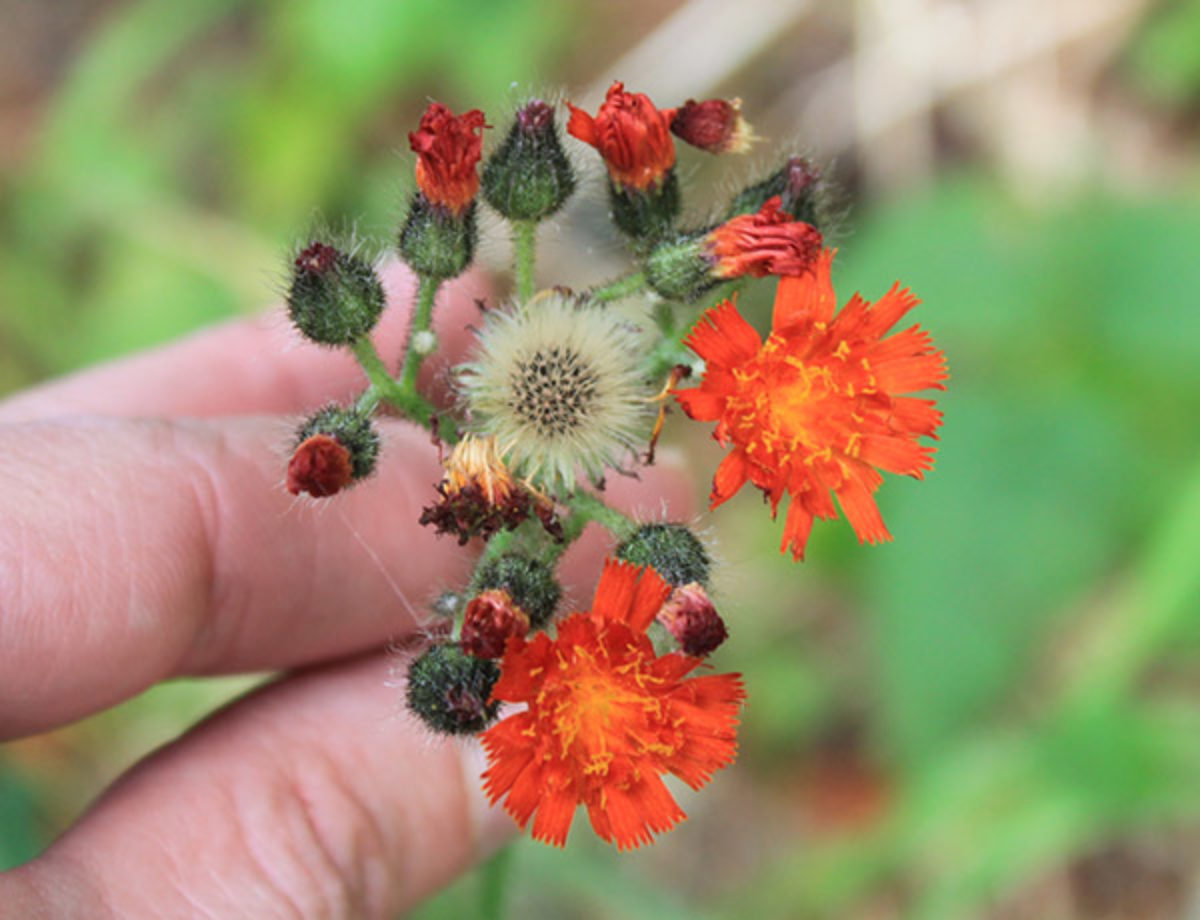
Family: Asteraceae
Other Common Names: devil's-paintbrush, red daisy, flameweed, devil's-weed, grim-the-collier
Weed class: B
Year Listed: 1988
Native to: Europe
Is this Weed Toxic?:
not known to be
Legal listings:
This plant is also on the Washington State quarantine list. It is prohibited to transport, buy, sell, offer for sale, or distribute plants or plant parts of quarantined species into or within the state of Washington or to sell, offer for sale, or distribute seed packets of seed, flower seed blends, or wildflower mixes of quarantined species into or within the state of Washington. Please see WAC 16-752 for more information on the quarantine list. For questions about the quarantine list, contact the Washington State Department of Agriculture's Plant Services Program at (360) 902-1874 or email PlantServices@agr.wa.gov.
Why Is It a Noxious Weed?
It's an aggressive, unpalatable competitor of pasture and range plant species, crowding out more desirable forage. It is a serious pest of lowland pasture, mountain meadows and lawns. It’s sold as an ornamental plant in nurseries.
How would I identify it?
General Description
Orange hawkweed is a perennial that has fibrous roots and rhizomes. Its flowering stems grow 7.9 inches to 35.4 inches (20 to 90 cm.) tall. It exudes a milky sap when injured.
Flower Description
Flowerheads in compact to open clusters of 3 to 7 (to 12+). Flowerheads are showy, red on the margin with an orange center, 1 inch in diameter and composed of all ray flowers. Bracts at the base of flower heads with various types of hairs.
Leaf description
Leaves all basal except for one or two stem leaves. Basal leaves with a rounded to narrowly rounded blade that tapers in at the base. They are generally 3 to 5 (or more) times longer than wide. Basal leaves with hairs on both sides.
Stem description
Stems grow up to 35.4 inches tall and have simple, stellate (star-shaped) and glandular hairs.
Fruit Seed Description
Achenes (seeds) with white bristles (pappus).
May Be Confused With
Because of its bright orange color, it is easily distinguished from other hawkweed species.
Where does it grow?
Orange hawkweed occurs in meadows, grasslands, rangelands and pastures. Please click here to see a county level distribution map of orange hawkweed in Washington.
How Does it Reproduce?
Orange hawkweed reproduces by seeds, stolons and rhizomes.
How Do I Control It?
Mechanical Control
Small infestations may be dug out, being careful to remove all plant parts.
Cultural Control
Improving soil nutrients by adding fertilizers in depleted soils can control hawkweeds in some areas, especially where hawkweed density is low or the invasion is new.
Herbicide Control
Please refer to the PNW Weed Management Handbook, or contact your county noxious weed coordinator.
For More Information
See our Written Findings for more information about orange hawkweed (Hieracium aurantiacum).
Asotin County NWCB Fact Sheet on orange hawkweed
Clallam County NWCB Fact Sheet on orange hawkweed
Jefferson County NWCB Fact Sheet on orange hawkweed
Pierce County NWCB Fact Sheet on orange hawkweed
Whatcom County NWCB Fact Sheet on orange hawkweed
Lincoln County NWCB Brochure on orange hawkweed
Mason County NWCB Fact Sheet on orange and yellow hawkweed
King County NWCB Fact Sheet on orange and yellow hawkweed
Control Options for Hawkweed Spp. from King County NWCB



